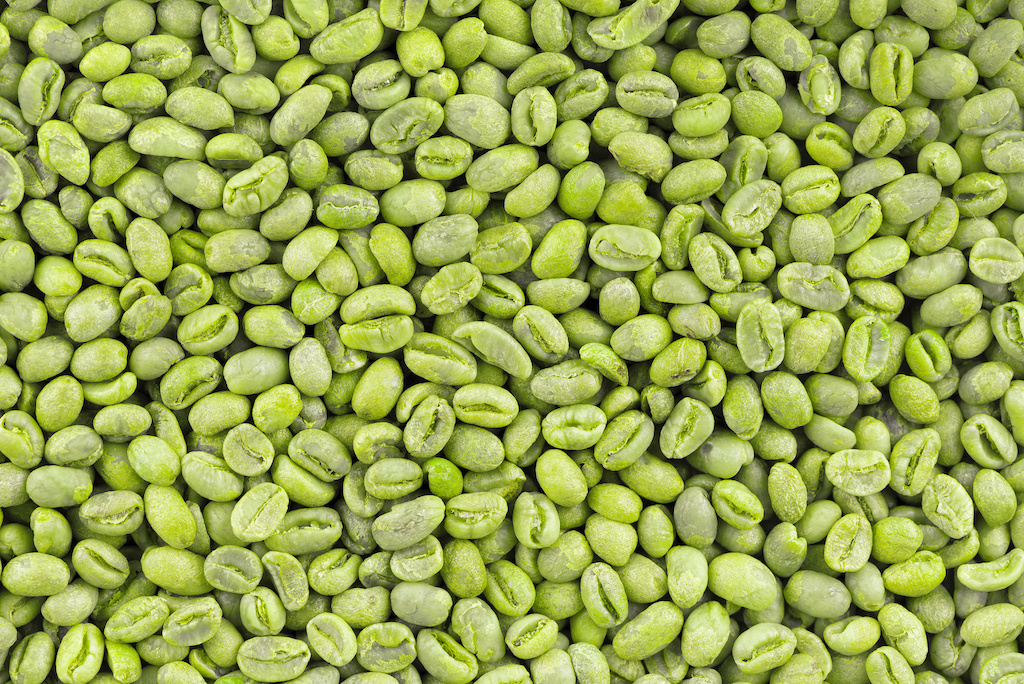Exploring Brazil Peaberry

Peaberries are fascinating. At Minas Hill, we have long been purveyors of specialty peaberries. We have often cupped them against some very high-scoring regular coffees, and in most cases, they have displayed phenomenal cup characteristics.
WHAT IS A PEABERRY?
Let us start with the coffee cherry. Inside, you would expect to find two seeds, one side flat and the other side round, forming the shape of a football when joined together. However, peaberries can account for 5-10% of a harvest. This is the result of a natural mutation inside the cherry where one ovule fails to pollinate. A single seed is now able to develop in the space into a larger round seed, becoming what is known as a peaberry.
Using specialised equipment post-harvest, farmers can sort peaberries from the regular beans. Not all farms will do this, and it is very common for farmers to leave the peaberry unsorted, as this contributes to the overall flavour profile of the coffee when processed.
SHOULD WE CONSIDER PEABERRIES SUPERIOR?
If the peaberry does not have to share nutrients with another bean, then shouldn’t it be super concentrated in flavour?
From our perspective and experience, peaberries can offer acidity that is bright and punchy, as well as a higher concentrated sweetness and complex fruit flavours in a cup. We typically see higher levels of density in peaberries to that of their regular siblings. What we see from our farms is attention to uniformity in shape and size with peaberries that will only be of benefit to the cup profile and the roaster.
But are they superior? Well, that is subjective and not a debate for today! But its one worth considering. If you can get regular coffee from a high-quality coffee farm and that very same farm is also is able to produce a high quality Peaberry offering, then surely it’s going to be pretty amazing right?
ROASTING PEABERRIES
We have just established that peaberries are unique in shape, size, and cup profile, so we must consider that roasting peaberries will require a different level of attention to get the best out of them.
We must understand that the heat is going to transfer through the bean differently. It will develop at a different rate than a regular bean. Sample roasting to first understand the movement and development is critical. We use an Ikawa profile that runs at: 50g charge weight, first crack: 4:38/208.1C end roast: 6 mins/216.20. This gives us a good baseline to explore our peaberries.
A couple of things to look out for:
- Peaberries can have an earlier first crack.
- The first crack is not as audible as regular beans.
- Efficient heat transfer can lead to shorter roast time.
WHAT DO YOU DO WITH THEM?
Like any good coffee, drink it! Peaberries can serve as a stand-alone offer for batch brews. I have experienced peaberries that have a juicy, cola flavour, and are super sweet. I have noticed that they don’t seem to present the same depth of mouthfeel that regular beans do—and to this, I have seen them used in blends where a kick of sweetness is needed without affecting the body.
Currently, we offer the following peaberries:
Bom Jesus Lot 2226/2 (PMH161)
Varietal: Yellow Catucai
Process: Natural
Black currant, golden syrup, milky body and syrupy mouthfeel with a lemon acidity finish.
Labareda, Peaberry (PMH152 )
Varietal: Catuai
Process: Natural
Balanced coffee with notes of caramel sugar, maple syrup, and Toblerone chocolate.
Pinhal Peaberry (PMH101)
Varietal: Yellow Catucai
Process: Natural
Sweet and juicy coffee with notes of peaches, chocolate, and vanilla.